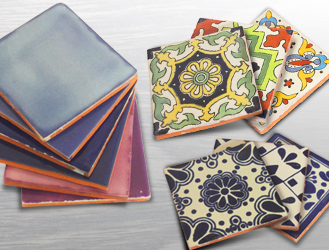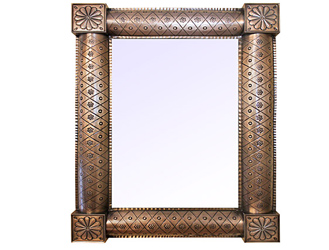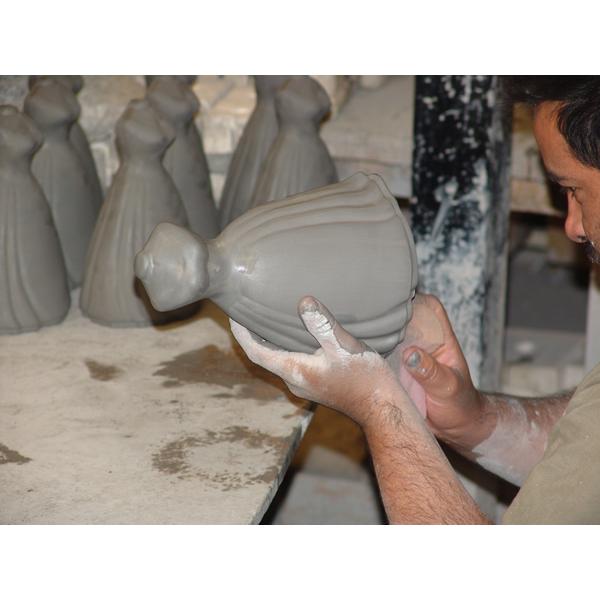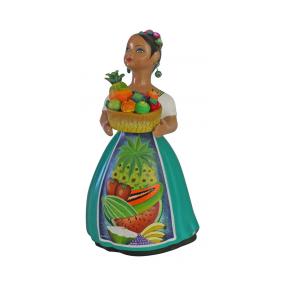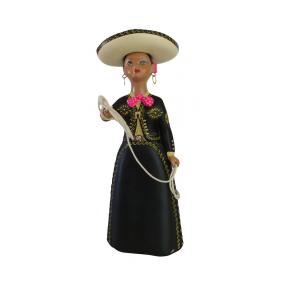For a limited time, receive free Ground Shipping on select Art and Home Accessory orders over $179.00. This offer excludes furniture and other items that ship at an oversized rate (e.g., large mirrors, large paintings, lanterns, etc.), and any items that you choose to ship via Air or Expedited (Non-Ground) service. Items eligible for free Ground Shipping will be marked accordingly in your shopping cart once the $179.00 merchandise minimum has been reached. This offer also excludes Talavera Planters, Jars, and Vases.
Also for a limited time, receive free Ground Shipping on orders over $5,000 or half-price Ground Shipping on orders over $3,000. This offer excludes any items that you choose to ship via Air or Expedited service, and everything in your order must ship from the same warehouse. Items eligible for free or half-price Ground Shipping will be marked accordingly in your shopping cart once the $3,000 and $5,000 merchandise minimums have been reached.
These offers apply to shipments in the Continental United States only, and do not apply to all zip codes. Additional charges will be accessed for delivery to remote zip codes. If you live in a remote zip code you will be contacted with a shipping quote prior to processing your order. These offers are non-transferable, cannot be combined with other promotions, and do not apply to wholesale orders. Eligible orders must ship Ground Service, and must meet the minimum size requirement after any merchandise discounts. La Fuente reserves the right to end these promotions at any time.
If you have any questions please send Email or call us at 888.622.0939 to speak with a customer service representative.
Please Note: Merchandise can ship from various warehouses and shipping rates vary between furniture collections. For the lowest shipping rates we recommend ordering furniture from the same collection.


